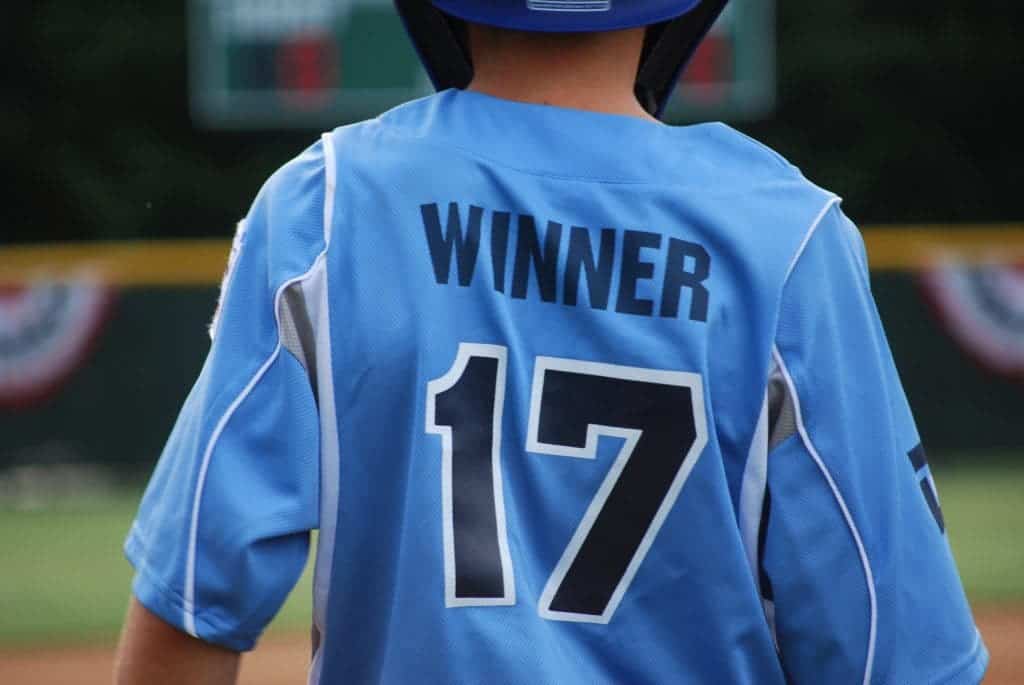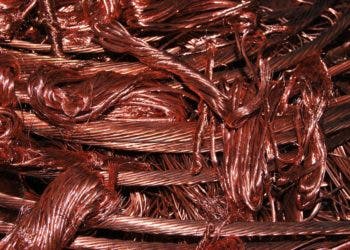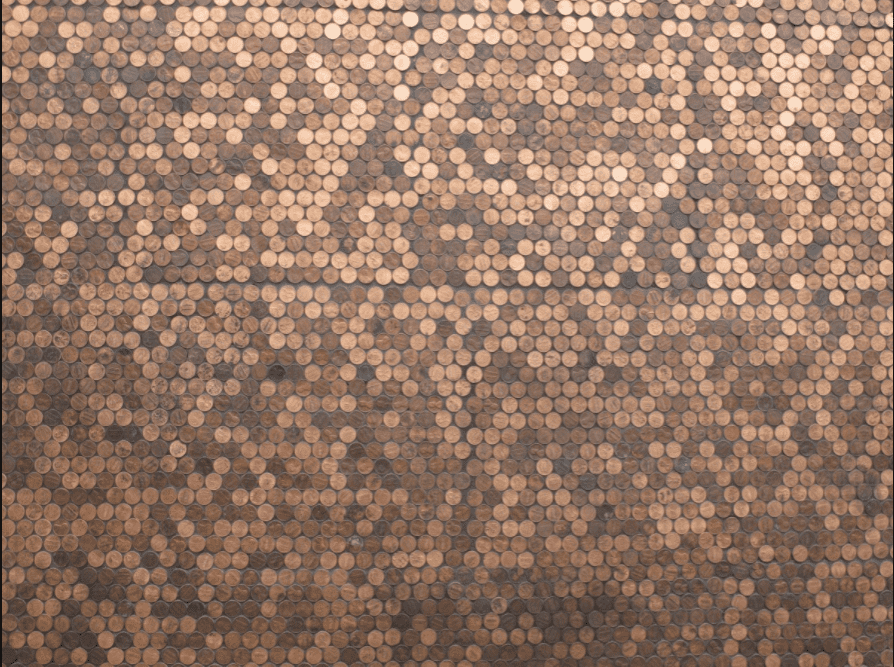Numbered jerseys could be just the thing to improve the teamwork and overall efficiency of hospital personnel, a new paper reports.

Good quality hospitals are a lifesaver — literally. However, hospitals are only as good as the people staffing them, and a research team from the Montefiore Medical Center in New York has found a surprising way to boost their efficiency — numbered jerseys. The team hypothesized these would foster a more team-driven atmosphere and help reduce the time to perform critical clinical actions.
Team Medicine
To test their idea, the team recruited ten critical care medicine fellows and randomized them into two groups. One group received personalized numbered jersey for each team member, and the control group would wear their regular outfits. Then, the two groups were asked to participate in six high-fidelity cardiac arrest simulations, with participants alternating between team member and team leader on each case.
Trained faculty members observed the simulations and rated the groups’ overall results using the 16-item Mayo High Performance Teamwork scale. The observers were also asked to keep track of the number of directed commands issued by the team leaders (commands issued to individual names or numbers) versus air commands (e.g. somebody start chest compressions) as well as the time to performance of specific clinical actions (such as initiation of chest compressions, defibrillation, administration of first correct medication, and so on).
Results show that the jersey-wearing team received a significantly higher Mayo Teamwork score than the control group (23.5 vs 17.5). The research group also reports a statistically significant difference in the percentage of directed commands between the groups (35.63% vs 19.58%). There was no significant improvement in the time to administration of first correct medication (91.7s vs 64.9s), initiation of chest compressions (44.0s vs 20.0s), delivery of defibrillation (99.0s vs 146.3s) or beginning of bag-valve-mask ventilation (112.3s vs 41.5s).
“This study demonstrated that the use of numbered jerseys for individual code team members is an effective way to significantly increase the overall teamwork performance during a CA event,” says Dr. Yekaterina Kim, lead author of the paper.
“In addition, the use of such jerseys significantly increased the number of direct commands by team leaders during such scenarios, thereby reducing the percent of ineffective commands.”
The team, however, notes that the team’s performance on clinical actions wasn’t significantly improved and was actually slower for the beginning of bag-valve mask ventilation and recommends further research on the subject.
The paper “The Effect of Individualized Numbered Jerseys on Teamwork, Directed Commands, and Clinical Performance During Simulated Cardiac Arrest Scenarios” has been published in the CHEST Journal.






